During our last gender diversity study, we found that the male/WGNC (Women & Gender Non-Conforming) ratio of artists playing at raves in Birmingham was substantially unbalanced. The study provided a snapshot insight into diversity issues within UK rave music culture.
In a new study, we seek to investigate this issue across multiple major UK cities, to see if gender representation in artists is unbalanced across the country.
This post aims to provide quantifiable data to artists, producers, promoters, and ravers, so that they may have a deeper understanding of diversity issues within their scene.
We hope that by sharing this data we can raise awareness of gender issues within the UK rave scene, and promote values that are central to rave culture: inclusivity, diversity and equality.
In April & May, we collected data from 218 events and 1291 unique artists (1408 artist bookings) across 4 cities: Birmingham, Bristol, Manchester and London.
We collected data through the Skiddle API, as well as scraping the Resident Advisor website.
Link to data collected.We collected event data from two sources:
For each event, we analyzed the lineup, identifying individual artists and categorizing them by:
Verification was conducted using artists' social media, Resident Advisor/Skiddle databases, and Spotify profiles.
There was no cherry-picking of events. The first 218 events meeting genre criteria were included in the analysis, regardless of other factors. We would of loved to include more events, however, this was not feasible with time restrictions.
Our data collection, while extensive, was not exhaustive and relied on the accuracy of online information.
We calculated the percentage of WGNC artists on lineups across Birmingham, London, Manchester and Bristol.
Out of the 1408 bookings, 1106 were men and 302 were WGNC.
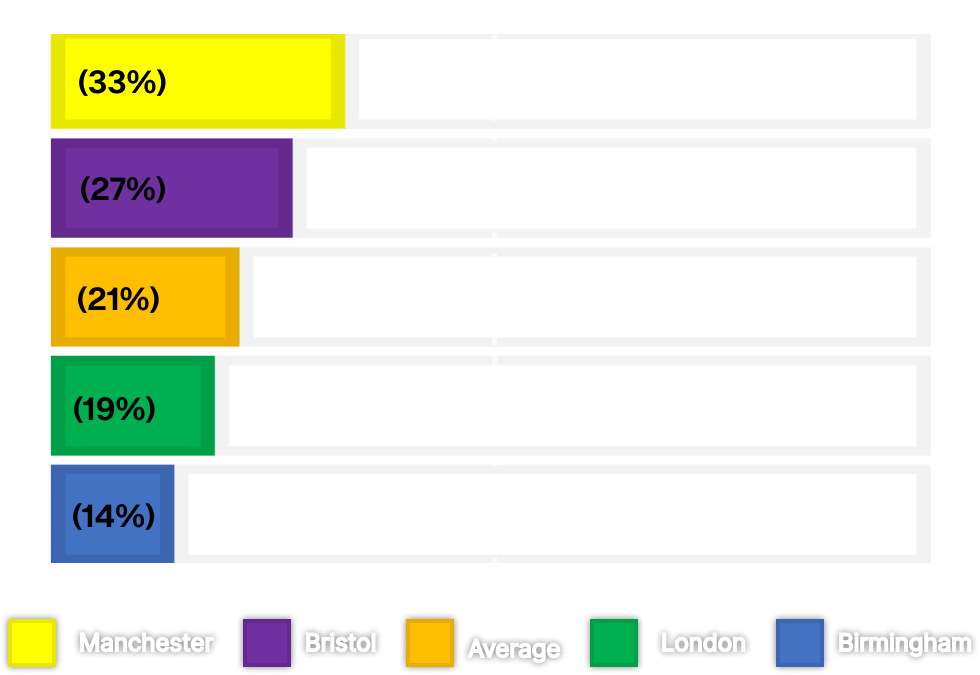
We can compare cities to determine which scenes are doing better in terms of gender representation.
We would argue that this data shows that WGNC representation is heavily related to the culture of each city’s scene.
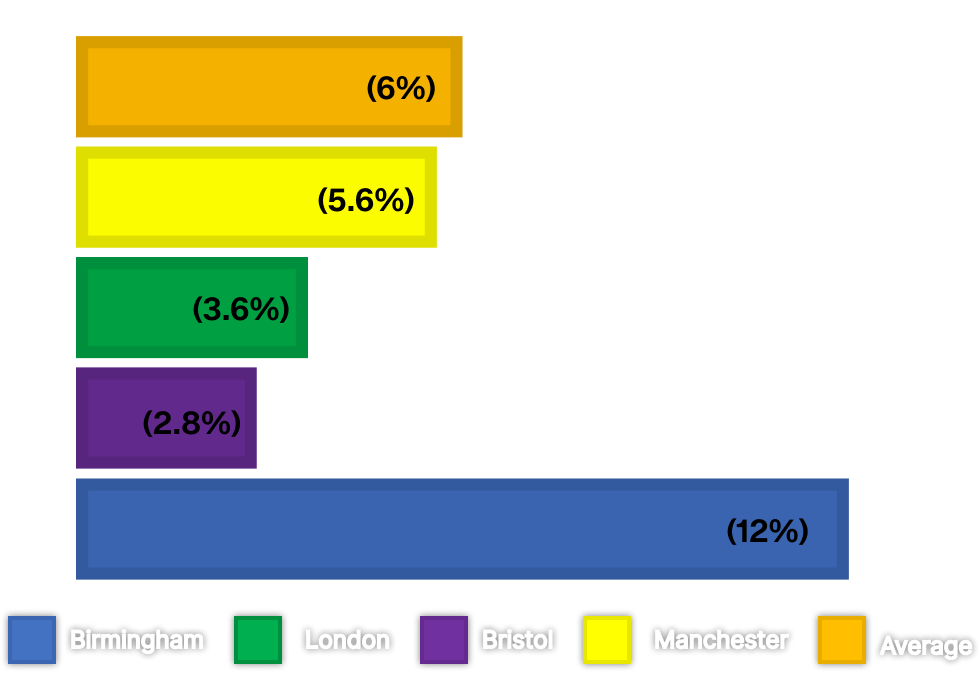
We also looked at gender representation within different music genres (DNB, UKG, Techno and House) across cities. This graph shows the percentage of WGNC DJs on lineups categorised by each genre.
WGNC make up just a fraction of MCs and vocalists on lineups across all cities surveyed.
Diversity of headline acts vs support acts is another relevant factor when analysing diverse and equitable lineups.
To look into this, we defined four categories of headline artists: male solo headliner, WGNC solo headliner, WGNC joint headliner and male joint headliner.
A 'joint headliner' is defined as any DJ who has headlined an event where there is at least one other headliner.
This graph displays lineups that consist of either exclusively male artists, or exclusively WGNC artists.
Looking at it, we can see that male-only lineups take up a substantially high percentage of all lineups sampled across 4 cities.

We acknowledge that diverse lineups are not solely determined by gender, but also by race, class, sexuality, disability, and more.
We recognise it is virtually impossible to ascertain an individual's gender identity with complete certainty based solely on their online presence.
Due to resources and accessibility of data, we were only able to collect a relatively small sample of events. We acknowledge that the results we have presented may vary more in reality when taking into account all events.
However even with these limitations we believe the patterns and potential implications we see emerging are still worth discussion!
This study is intended to highlight gender disparity in UK rave lineups, and give a snapshot insight into widespread diversity issues within the music.
